Will 2025 be the year of the slim smartphone? We can’t say for sure, but word has it that Apple and Samsung could launch ultra-thin phones next year. We heard rumors of a slim iPhone model in May 2024: an iPhone 17 Air, as some call it. Not to be outdone, Samsung may be preparing a Galaxy S25 Slim.
No Thanks, Keep Reading
This might look like another case of Samsung copying Apple, but that isn’t the focus of this article. I’m not against a slimmer Samsung flagship, although a compact one would have been a great fit for our best small phones list. Instead, I believe a super-slim Samsung Galaxy S phone has plenty of potential to be exciting. However, I fear the execution of the Galaxy S25 Slim could leave much to be desired.
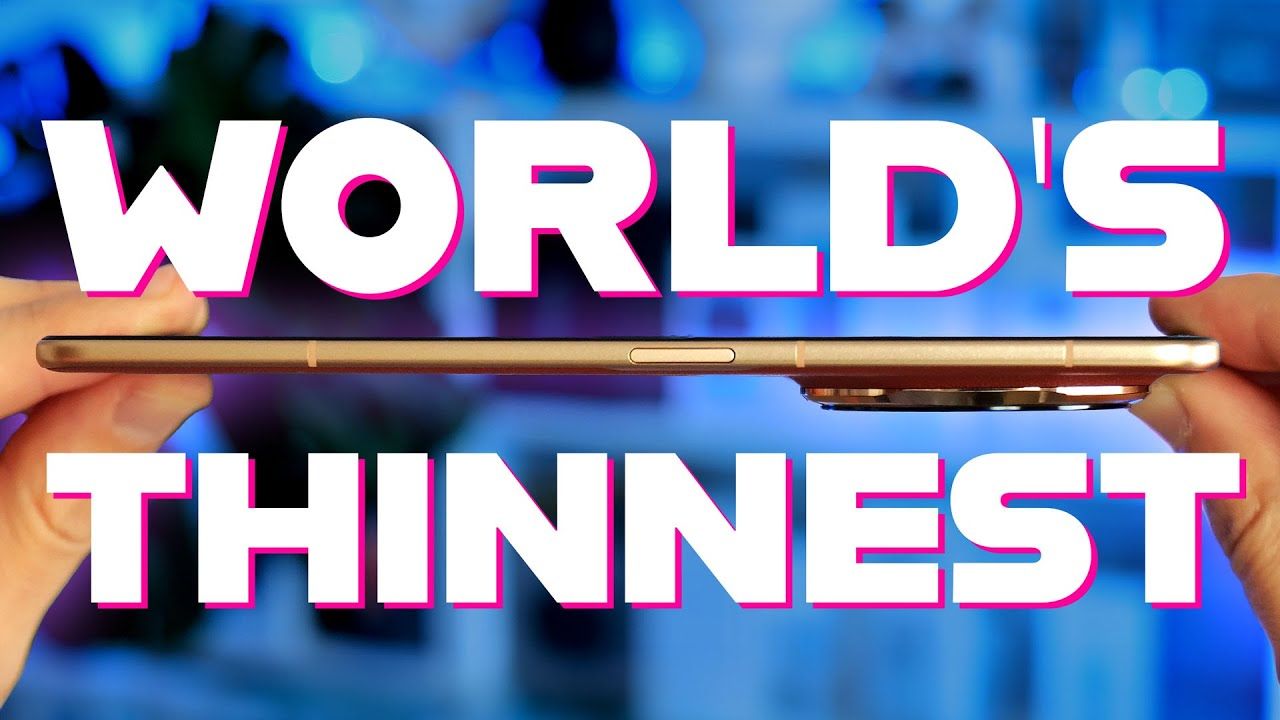
Watch our review
Honor Magic V3: The world’s thinnest foldable phone [Video]
The Honor Magic V3 measures just 4.35mm opened out. And when it’s closed, it’s barely any thicker than an iPhone 15 Pro Max
Slim smartphones: What’s the point?
And who made the thinnest of them all?
The race to make the thinnest smartphone peaked about a decade ago. Apple had the 6.9mm iPhone 6, which is still its thinnest phone. Samsung gave us the 6.8mm Galaxy S6 flagship and the 5.9mm Galaxy A8 mid-range model. However, the thinnest phones were the Vivo 4.75mm X5 Max and the Oppo 4.85mm R5s.
Thin designs were trendy back then, not only for their practical benefits. A slim profile signaled you owned the latest tech at a time when smartphones were becoming integral parts of our lives. But the trend faded away. Phones grew bigger and thicker over the years to fit better cameras and bigger batteries. The typical thickness of a modern flagship phone is between 7 and 9 millimeters. This isn’t bad, but it’s somewhat difficult to appreciate with today’s humongous camera bumps.
Samsung Galaxy S25 Slim: Would it be a good idea?
More than just an answer to Apple’s slim iPhone
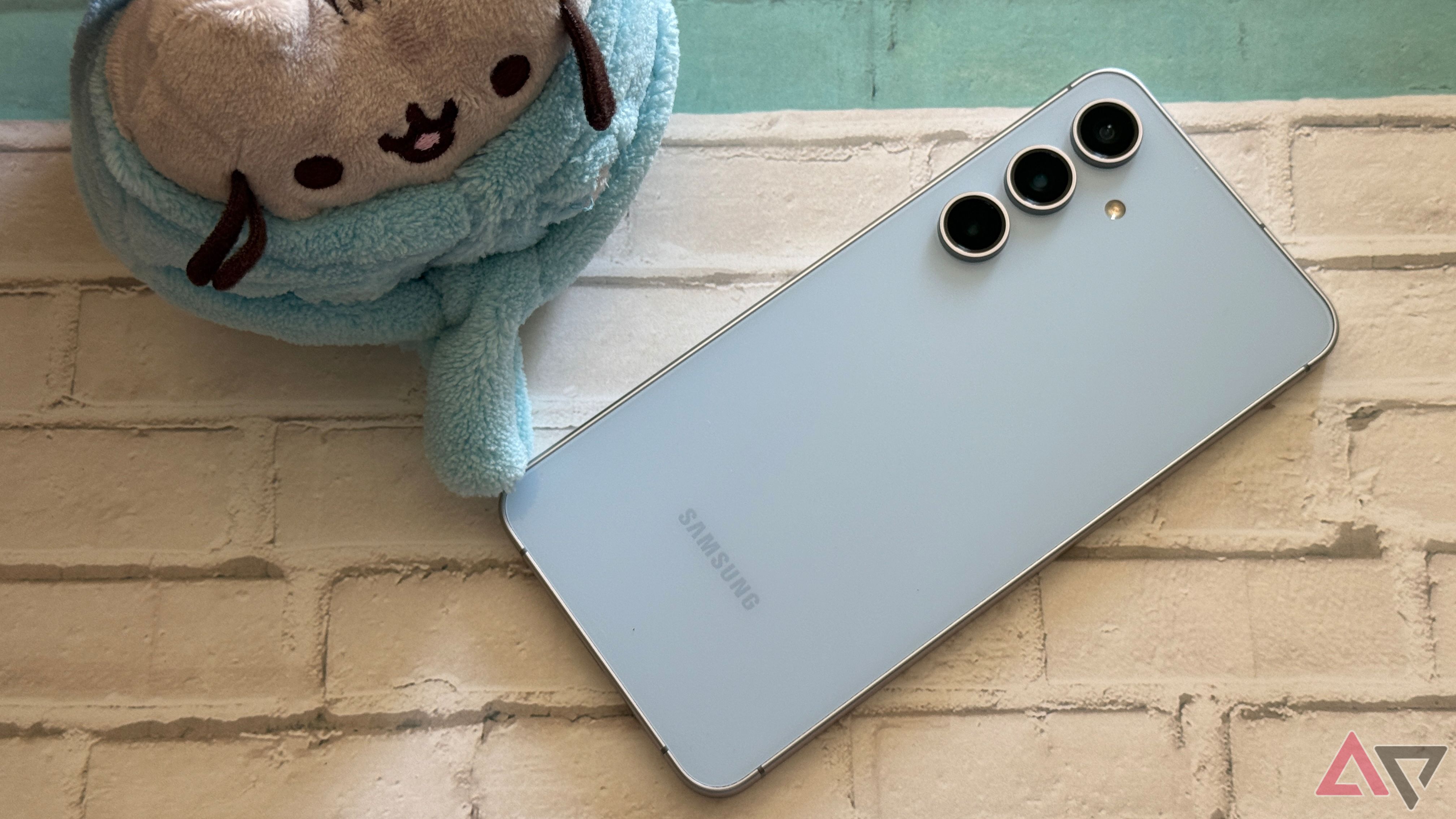
I won’t be the first to point out that most phones look and feel the same. There isn’t much wrong with that, but this homogenized smartphone market seems somewhat boring. I believe an ultra-thin phone will stand out in a sea of sameness. While it won’t grab the attention of hardcore enthusiasts, it may attract people who prioritize style and appearance.
The rumored iPhone 17 Air sounds tailored for the same user group. In addition to being an adequate alternative, a Galaxy S25 Slim could be an opportunity for Samsung to outperform its rival. Some fans will be annoyed with Samsung seemingly ripping off Apple, but having an answer to a competitor’s product could be a better strategy than having nothing to show. In a saturated market, this may help Samsung retain customers.
Slim does not have to mean underpowered
No less importantly, we seem to have the technology to make decently capable super-thin phones. A Samsung Galaxy S25 Slim could be a brilliant display of technological prowess. For instance, new battery technologies offer greater energy density. A silicon-carbon composition allows the OnePlus 13 to boast a 6,000mAh battery in a sub-9mm body.
There’s also the cutting-edge Snapdragon 8 Elite, which promises major power savings. Pairing this with an energy-efficient OLED display could allow a Galaxy S25 Slim to have okay battery life even with a physically small battery.
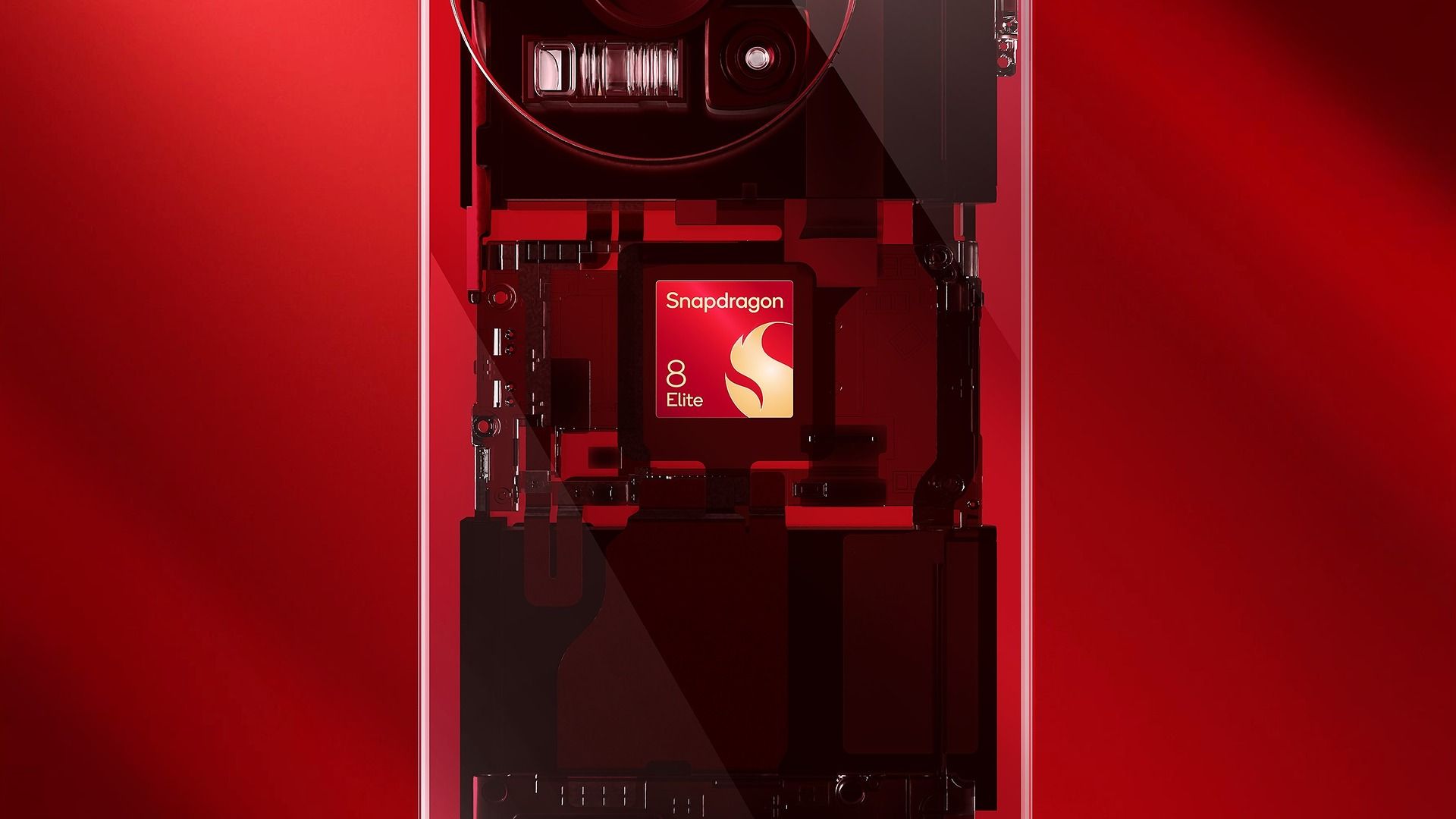
Related
Qualcomm Snapdragon 8 Elite: Everything you need to know
What’s next for the biggest name in mobile chipsets?
Good cameras also demand precious internal space. Rumors paint a promising picture: a triple setup for the Samsung Galaxy S25 Slim, including a 200MP main sensor and a 50MP telephoto using just-announced camera innovations. That 200MP sensor could be as big as the 50MP one on the Samsung Galaxy S24 (1/1.56 inches), which bodes well for its performance. The telephoto camera may use Samsung’s All Lens on Prism (ALoP) design, which delivers an 80mm focal length (about 3x zoom) in a super-slim module.
Durability is another concern, as thinner gadgets are more likely to bend or break. We’ve already seen titanium and stainless steel implemented in the best Samsung phones to improve rigidity. There are ways to make a super slim phone resistant to stress.
How could the Galaxy S25 Slim disappoint?
Snap back to reality
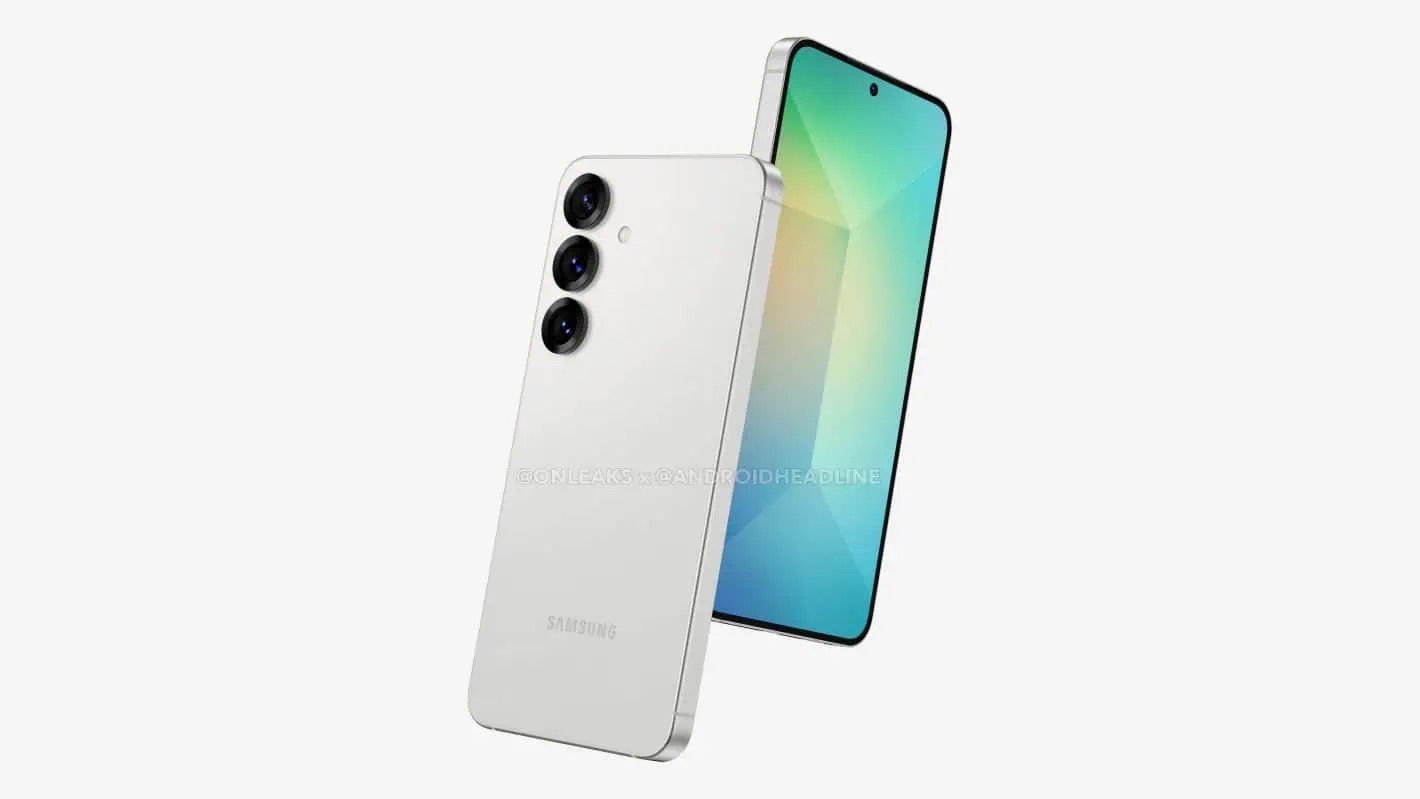
The specs and features mentioned above are unconfirmed, and not all rumors sound particularly positive. One report claims that Samsung could not implement a more energy-dense battery. If the Galaxy S25 Slim relies on conventional battery chemistry, it could disappoint with its battery life or underwhelm with its thickness.
This, in turn, could make it harder for a Galaxy S25 Slim to stand out not only next to the rumored iPhone 17 Air but also among its peers. Leaks claim the regular Samsung Galaxy S25 (pictured above) would be 7.3mm thin. A Galaxy S25 Slim won’t make sense if it’s only marginally thinner but worse in most other ways.
The use of Qualcomm’s latest chip is not set in stone either. On one hand, tipsters claim all Galaxy S25 models will use the Snapdragon 8 Elite. On the other hand, the prediction may apply only to the Galaxy S25 lineup launching in January. The Galaxy S25 Slim is expected to come later in 2025. To keep costs reasonable and work around the limited space for cooling hardware, Samsung might choose a different SoC for its super-thin handset.
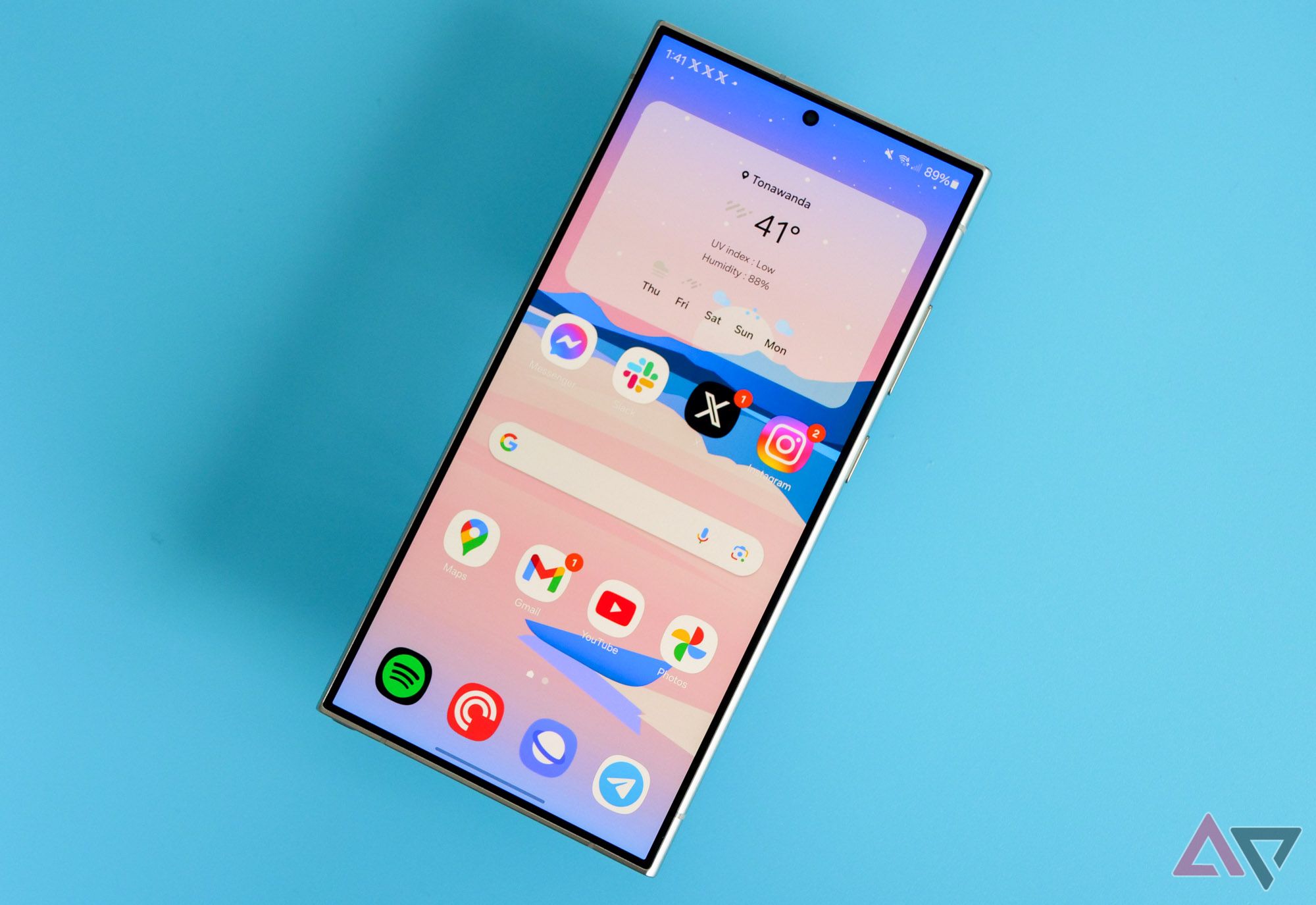
Related
Samsung Galaxy S25: News, leaks, rumored price, and release window
The Galaxy S25 trio is coming early next year — here’s what we know
Is Samsung making the best move?
Don’t rush to be on the cutting edge
The rush to launch a slim phone before Apple could lead to poorly executing a good idea. A flop is not what Samsung needs, especially after promising innovation. If a Galaxy S25 Slim launches next year, I hope to see Samsung going all in and using it as a showcase for cutting-edge tech. Even if the phone does not sell by the millions, it could boost Samsung’s image while serving as a test platform for future flagships.
Alternatively, a limited release of the Galaxy S25 Slim could make sense, as with the slimmer Galaxy Z Fold Special Edition. A limited launch minimizes risk if anything with an experimental design goes wrong. Still, it would allow Samsung to gauge demand and get feedback on its product.
Is there a market for slim smartphones?
If these options aren’t viable, Samsung should shelve the project until 2026 instead of launching a mediocre slim phone sooner. Even if that means being second to market after Apple, we’ll know if demand for slimmer smartphones exists. Also, the timing would be more favorable for using next-gen innovations like better batteries and slimmer cameras. Until then, we have plenty of time to decide whether to keep our Samsung Galaxy S24 or wait for the Galaxy S25.




